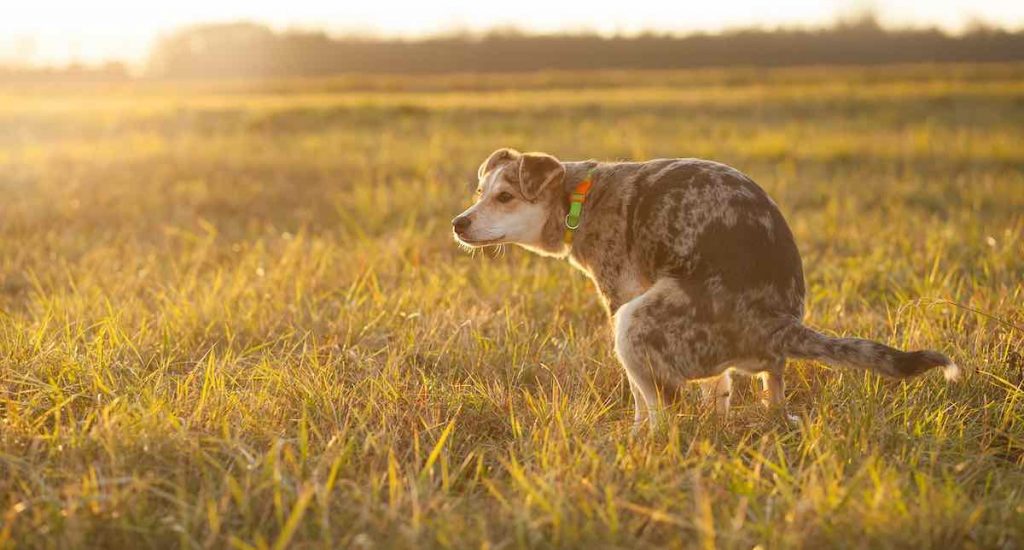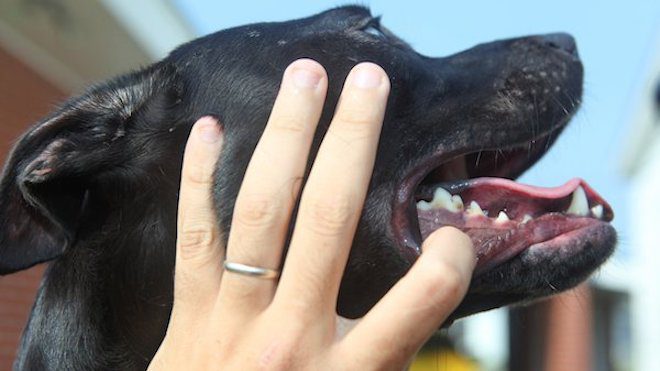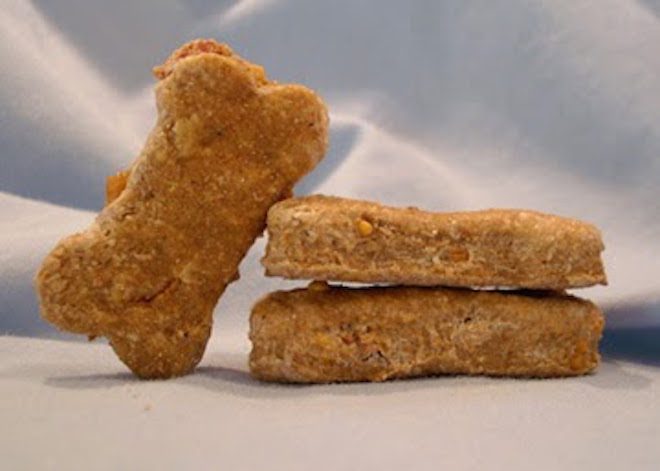How to Make Your Dog’s Poop More Earth-Friendly
It’s estimated that one dog produces around 274 pounds of poop in a year. With around 77 million dogs in the United States that’s roughly 21 billion pounds of dog poo produced in a year! There’s also roughly an estimated 4 million tons of dog waste that is just left on the ground and not disposed of by dog owners. If you take those numbers in, you can see why considering the ways you dispose of your dog’s waste can have a big impact on the health of the planet.
So what are some ways in which you can make your dog’s poop more earth friendly?
Switch to compostable poop bags.
There’s a lot of marketing terminology from companies around poop bags to convince you they are environmentally friendly. So don’t fall for terms like “degradable,” “earth-friendly, “eco” or “green.” Just because the bags are labeled that way doesn’t mean they actually are. In some cases the term “biodegradable” can be misused. And just because a bag is colored green doesn’t mean they are biodegradable or compostable either. Instead, make sure to read the fine print on the manufacturer’s label to learn what kind of bag you are truly buying.
So what kind of doggie poop bags are there and what exactly is the difference?
- Polythene bags are your standard plastic bags and make up the majority of dog poop bags sold. They are your regular, cheap poop bags that will take centuries to decompose in the ground even if they are green colored and labelled earth friendly. They will sometimes have the label “degradable” and sometimes they even say they are “biodegradable” when they are truly not.
- Biodegradable bags are often better than your standard plastic bags because they will meet at least some criteria for breaking down more readily in the environment and often have some percentage of recycled plastic material. The formulated polythene used will break into tiny bits more readily than a “regular” plastic bag, meaning the bags are more easily processed by industrial waste processing facilities. Depending on the manufacturing, the bags can break down in a matter of months or years, but note the plastic bits never truly “go away.” Think micro plastics.
- Compostable bags (bio-based) are truly biodegradable and certified as such. That’s because they will break down over a much shorter time than other bags and they contain some percentage of plant-based starches/material. They are by far the most environmentally-friendly of the bunch. Brands like Biobag, the Original Poop Bags, Doggy Do Good, and Earth-Rated produce these bio-based bags. Look for the USDA Certified Bio-based label and for the percentage of bio-based material in the bag. Many aren’t 100% plastic free because of leakage considerations (no one likes the idea of a bag dissolving with moist poop in it). But there are some compostable dog poop bags that are 100% plastic free.

Why not leave dog poop out in nature or your backyard to decompose in the environment? Dog poop leaches into waterways such as lakes and rivers and introduce bacteria (such as E.coli, salmonella) and other organisms (such as roundworms) that can harm wildlife. Dog waste is also nitrogen-rich, which depletes oxygen levels in water that can harm or kill fish and other aquatic animals.
Why not flush my biodegradable or compostable bags down the toilet?
Don’t flush bags down your toilet, even if the bag says “flushable”. It won’t decompose easily even in the most modern waste systems or septic tanks. By doing so you risk clogging your plumbing, city sewer systems, septic tanks. The only way to flush dog poo down the toilet is the old-fashioned way, scoop and drop directly into the toilet or empty it from the bag first.
Why not use my dog poop for my own composting?
This option is not as straightforward as dumping your poop into your composter or compost pile. The high nitrogen levels, chemicals, parasites and bacteria that your dog excretes doesn’t mean it makes for good fertilizer, especially not for edible gardens. Dog waste, just like human waste should be tested for pathogens and be decomposed at the appropriate temperatures.
There are regulations and recommendations from government organizations such as the United States Department of Agriculture which recommends that responsible composting of dog waste requires treatment temperatures of 60 C for a minimum of three days to reduce pathogens for safe and effective composting.
If you do want to pursue this option:
- check with your local municipality on any by-law restrictions first. There may be rules on the use of dog poo composts and digesters on your property.
- dog waste should be kept separate from other compost and not used for edible gardens (vegetables, fruits).
- there’s the stinky smell to consider that can impact you and your neighborhood
- read up on how others are doing it. A little research can go a long way to learn what the pitfalls and helpful tips are. Resources like Cityfarmer share information on how to build your own compost pit for dog poo.
- There are pre-made dog poop compost bins available at stores.
- Consider a Digester. It is buried in your yard and works like a composter. People often mix in woodchips, sawdust or dried plant material to help reduce moisture and odors. It takes around two years for the poop to be converted into material that you can spread on your lawn or garden.
Suggest new technologies to your local municipality
Not every city councillor is going to know about the latest technologies available in disposing of dog waste. And setting up specialized dog waste program, such as dedicated waste bins at local parks and public spaces can be costly. But there are some clever ideas out there in the public and private sectors on how to repurpose dog waste. For instance, a few cities in Canada are taking the dog waste tonnage they collect and turning it into electricity.
And in several communities in the United States, methane is captured from the dog poop to light their parks.
There’s a lot more to consider around dog waste and scientific studies are underway in many places. But the next time your dog poops, take a minute to consider what you can do to reduce your dog’s carbon footprint and be friendlier to the environment.






